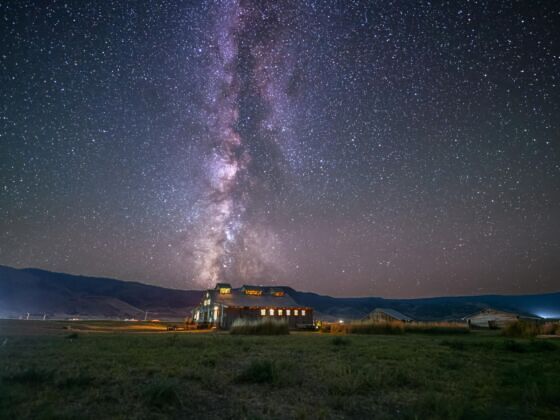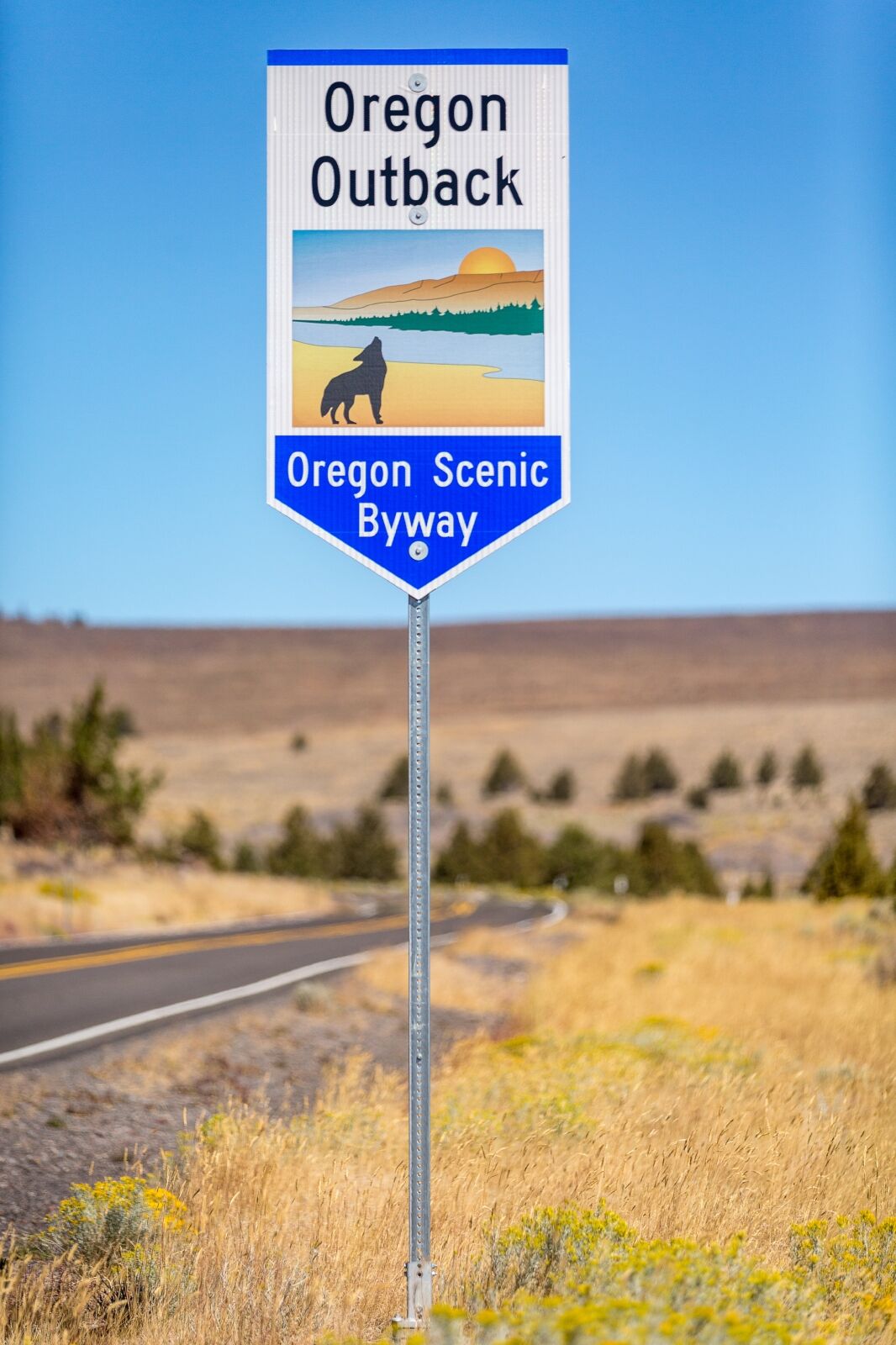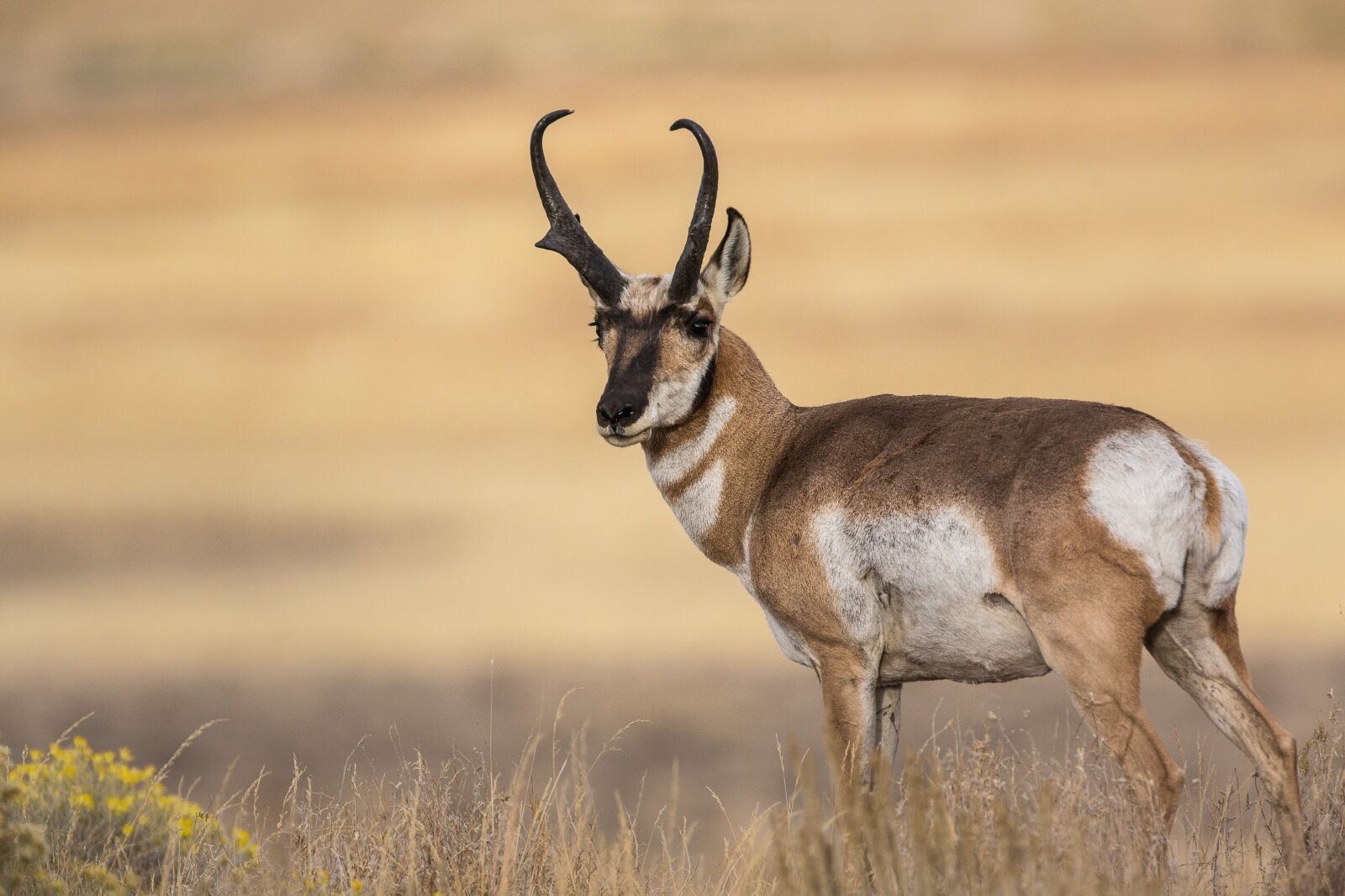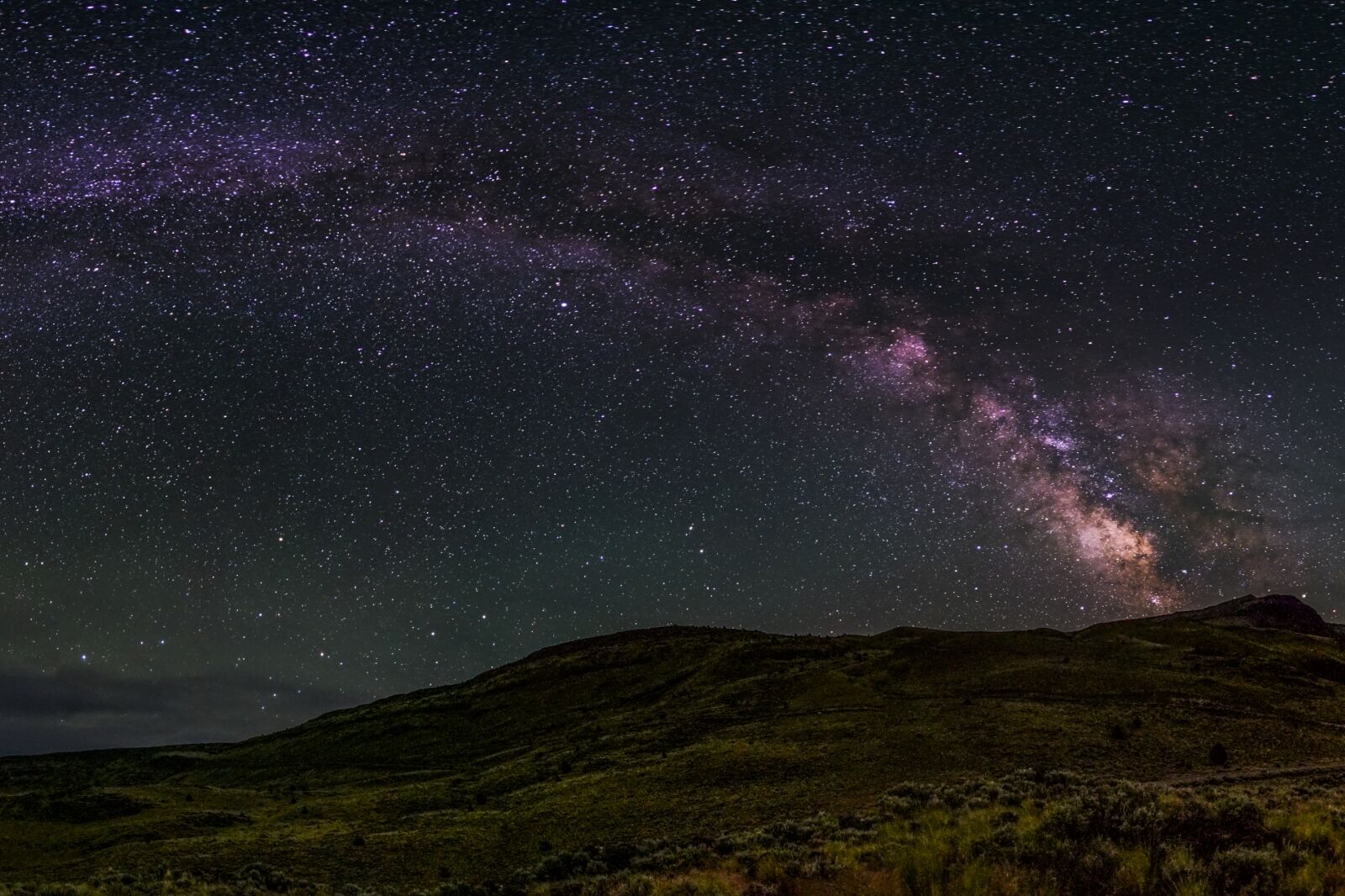On March 11, an area of southeastern Oregon was certified as an International Dark Sky Sanctuary by DarkSky International. Commonly known as the Oregon Outback, the region of Lake County (which is roughly one-half the size of New Jersey) is now officially the world’s largest Dark Sky Sanctuary.

Photo: Travel Oregon/Joey Hamilton
It took several years of collaborative efforts by the Oregon Outback Dark Sky Network (OODSN) to achieve this certification. For a place to qualify, it takes a huge amount of hard work and planning. Strict criteria must be met to reach minimal levels of light pollution for remarkable sky quality and an optimum nocturnal environment. Through responsible lighting practices and extensive work with the community and the visiting public, the Oregon Outback’s night skies offer some of the best stargazing, astrophotography, and other nighttime activities in the US.



